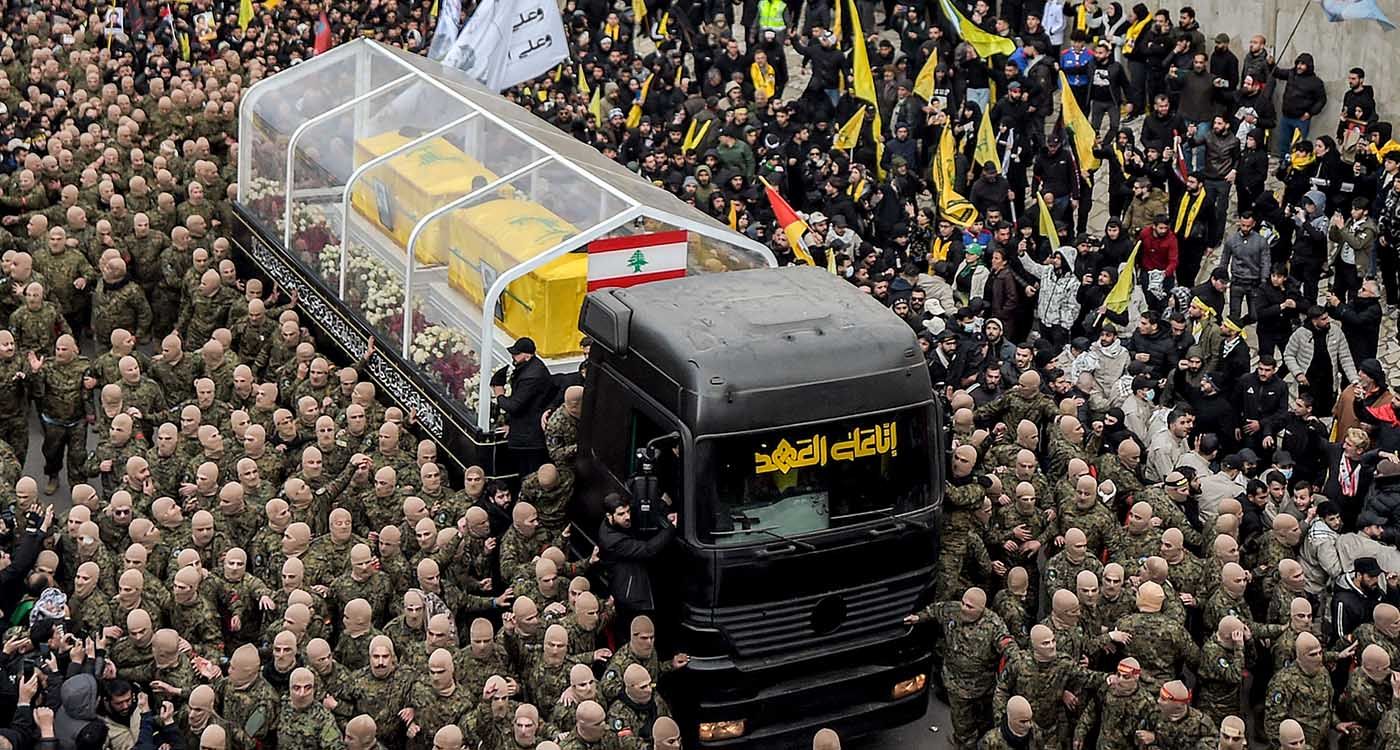
Lebanese people have a deep fascination with numbers of all kinds. They compete in elections and vote counts, then spend months analyzing the results to determine who holds the largest share and the broadest representation. In parliament, influence is measured by who secured the most preferential votes. Even protests become contests over who can draw the biggest crowds. The same applies to solemn occasions. The funeral of former Hezbollah Secretary-General Hassan Nasrallah was less notable for its substance than for its sheer scale — especially the size of the crowd.
Estimates of the funeral turnout varied between the opposing sides, with figures ranging from 200,000, according to Hezbollah’s opponents, to 1.5 million, according to its supporters. Both numbers were clear exaggerations — either downplaying attendance or inflating the crowd’s size to the point of suggesting that a third of Lebanon’s population had filled the Camille Chamoun Sports City Stadium.
In fact, this is not the first time Hezbollah has placed significant emphasis on numbers. After the 2009 parliamentary elections, Nasrallah focused on the distinction between a parliamentary majority and a numerical majority, attempting to cement the concept of tripartite power-sharing without directly acknowledging it. He sought to portray his religious community as Lebanon’s largest in terms of population, thereby justifying its claim to be the most influential force, with the strongest say in all matters.
However, Hezbollah was unable to translate the numbers it emphasized into tangible outcomes, aside from obstructing governance by securing veto power (blocking third) in governments and introducing the concept of "national consensus" as a political tool. As a result, the so-called majority support figures proved ineffective and were replaced by an unconstitutional reality.
The same applies to the funeral. The large numbers, which had been expected, will not be enough to impose a new political reality. Hezbollah remains broken, and many who attended the funeral did so out of respect for Nasrallah as a person, not in support of the party itself. The funeral, therefore, felt more like a farewell to an era of political Shiism, tinged with regret over its decline.
In contrast, take March 14 and, before that, the funeral of Prime Minister Rafic Hariri. The crowds in Beirut were able to fill entire squares. However, they failed to impose a new electoral law in 2005, prevent the quadripartite alliance or form governments as they wished without Hezbollah’s influence. It’s important to note that, at the time, Hezbollah was somewhat disillusioned by the loss of its ally in Lebanon — the Syrian regime under Bashar al-Assad.
Undoubtedly, numbers hold symbolism and significance, but in Lebanon, they do not reshape the political landscape. The same goes for parliamentary blocs and power balances — as evidenced in the 1972 parliament, which changed its voting patterns dozens of times in response to evolving regional dynamics until 1992.
The real lesson lies not in the numbers, which merely reflect a known level of popular support from the last parliamentary elections. What matters is turning this public into a true partner in Lebanon’s political decision-making, rather than using them as leverage to threaten the stability of state institutions. More importantly, these crowds must be resolutely committed to their Lebanese identity, not reduced to serving as fuel for other agendas — agendas they have already paid the price for and reaffirmed through the funeral.




Comments